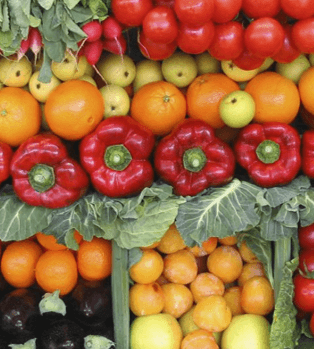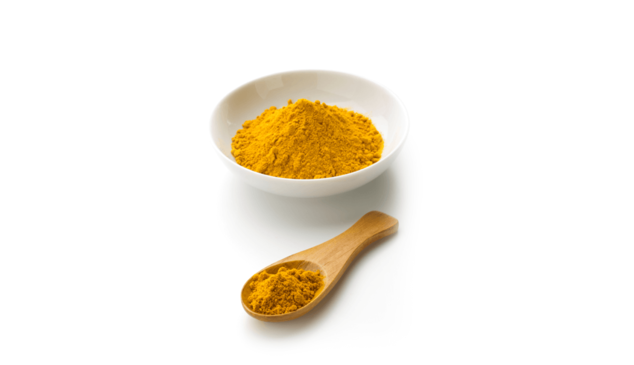Did you ever wonder how certain food combinations became popular? Nutrition science now affords us the insight to understand how certain food pairings produce synergies that yield surprising health benefits.
Turmeric and Black Pepper
Turmeric, and its active ingredient curcumin, is a potent anti-inflammatory agent. Alzheimer’s disease has a strong inflammatory component, and experimental evidence is mounting that curcumin might help slow its progression. Consumption of turmeric is especially high in India, and is suspected to be one of the reasons why the age-adjusted rate of Alzheimer’s disease in India is much lower than in the US, 1/8th by some estimates.
A problem is that curcumin is rapidly metabolized in the liver and it is difficult to achieve significant blood levels. Here is where the wisdom of food combinations come to play. In India, one of the common ways to consume turmeric is in curry that typically includes black pepper. Black pepper contains piperine, a chemical that blocks the pathways that clear curcumin from the body.
The addition of piperine in black pepper to curcumin increases blood levels more than twenty-fold. Lots of ancient wisdom in that combination!
Rice and Beans
A great many cultures have some tradition of eating rice and beans together. Although widely considered a tasty combination, there is actually a great deal of ancient wisdom at play here as well. Beans and grains, both excellent sources of protein, are each “incomplete” in that neither contains all of the protein building blocks, or amino acids, needed by the body.
Grains often lack the amino acid lysine, which is found in high levels in beans. And beans are typically short on methionine, found in ample supply in most grains. So put them together, and voila—a complete (and delicious) protein combination!
Veggies and Healthy Fat
Why is olive oil often added to vegetables in traditional salads and veggie preparations? Many find that the addition of a small amount of olive oil enhances the taste, but the combination might be biologically adaptive as well. A small amount of fat added to veggies improves the absorption of some key nutrients, most prominently the fat-soluble vitamins.
After eating a salad, blood levels of lycopene and carotene were shown to be minimal without fat, but rose up to four-fold when healthy fat was added.
Turns out that a few drops of olive oil or a slice of avocado adds a lot more than taste to your salad.
Lemon Juice and Vegetables
Lemon, as all forms of citrus, are rich sources of Vitamin C. And Vitamin C is important for a whole host of reasons. Vitamin C prevents scurvy, a historic scourge of sailors until the citrus solution was identified in the late 1700s.
Vitamin C also plays a role in a health issue of current concern: iron deficiency. Iron deficiency is a global problem, and the U.S. is no exception. Women of childbearing age are especially vulnerable.
Iron is plentiful in both animal products as well as in some plant foods, but the type of iron from these sources is different. Iron in meat (heme iron) is readily absorbed by the body. In contrast, iron from plant foods (non-heme iron) is not easily absorbed—only 1/3 to 1/2 as much as from animal sources. But given all of the reasons to cut down on meat, the answer isn’t to eat (more) meat!
Fortunately, there is a solution—and it involves more plants! Plant-derived iron is much more readily absorbed when taken with Vitamin C, including lemon juice. That splash of lemon on your veggies may be just the boost you need.
- Plant foods rich in iron include lentils, spinach, Swiss chard, and brown rice.
- Foods rich in Vitamin C are lemon juice, orange juice, and yellow peppers. Fun fact: yellow peppers have almost twice the Vitamin C as green.
It’s intriguing to consider that many of our taste preferences might have evolved over time to confer survival advantages to those who ate certain food combinations. And it’s even better to enjoy the end result: craveable food pairings that are ever so satisfying.
Interested in eating better for your own health?
Learn the essentials of good nutrition in our interactive, user-friendly nutrition learning program for the public.
Clinicians: Do you feel confident responding to patient questions about nutrition?
Take our award-winning condensed interactive nutrition CME—and learn what every clinician should know about nutrition.



